2009 Mini Clubman S

| The Good: – Great handling – Turns a few heads – Unique interior design | The Bad: – Too pricey for its size – Limited rear legroom – Harsh ride quality |
It’s hard to imagine that a Mini will remain a Mini if it was even slightly enlarged. But that is exactly what BMW did, adding a stretched Clubman model in a bid to expand Mini brand. And somehow, the Clubman manages to be even more quirky that the original.
Its quirkiness comes from its door arrangement. The original Clubman was supposed to be an affordable work-van, with two front doors and cheap split-opening rear doors. The new-for-2009 Clubman is obviously a “lifestyle” car, with two front doors, one rear half-door on the passenger side, and split-opening cargo doors for the sake of nostalgia rather than practicality. This oddity of a car did succeed in attracting at least some looks, especially since our Clubman S tester came equipped with special black wheels, hood stripes and checkered detailing.
The front cabin is exactly the same as that in the standard Cooper S, with the usual intricate spaceship centre-console detailing, a massive central speedometer with built-in navigation screen, an even distribution of hard and soft-touch plastics, and lots of curvy shapes. The only difference is our Clubman S did not have sports seats, although the standard brown-leathered seats were nothing to complain about.
Space up front is decent for any adult, except maybe for elbow room. Rear legroom, while easily more than the useless Cooper ones, is still of compact proportions, but can tightly fit two adults now. Rear access is made easy with that extra door on the right side, while cargo access is made easy with the dual rear doors. Cargo volume is good for maybe one big suitcase and no more, but the rear seats can fold down. Storage spaces are severely limited, but now at least the rear gets two randomly-placed cup-holders along with the two up front.
Given a price tag that puts it head-to-head with loaded midsize SUVs, it was a surprise that the seats were only manually adjustable, as the only power options were the usual mirrors, windows and locks. Gadgetry included a BMW-style multimedia-nav system with a visually attractive interface and a little rotary-knob controller. The stereo was pretty decent, but the nav system didn’t have the DVD maps installed, so we couldn’t try that. The ‘intelligent’ keyless entry and starter button were great, but then again, the Bluetooth refused to connect to my smartphone. Almost the entire roof is made of glass, with an integrated sunroof, which makes for an interesting semi-convertible feel, but the roof-shades are made of transparent netting, and do not fully block out the sun. That makes the automatic a/c work harder. The a/c seemed to cope well, but then again, we tested in the middle of winter. Front and side airbags are standard.
The Peugeot-sourced 1.6-litre turbocharged 4-cylinder engine continues to be entertaining, even if a bit low on power. While 174 hp isn’t too impressive, it is the 240 Nm of torque peaking at only 1600 rpm that keeps things interesting. The 1305-kg front-wheel-drive Clubman takes off with verve, netting us 0-to-100 kph in 7.9 seconds with our 6-speed automatic tester in sport mode, torque-steering slightly along the way as the wheel had to be held straight firmly, even with stability control on. Our drive resulted in 9.2 litres per 100 km in fuel consumption, firmly in economy-car territory, although our long-distance trips in January weather did help.
We had only driven manual Minis before. This being our first automatic Mini tester, we were surprised by the delayed response of the throttle pedal when taking off from standstill, considering how quick the manual versions react. The delay was eliminated by pressing the ‘sport’ button, although driving like that all day will burn more fuel. But the sport mode, in addition to tightening the throttle response, also makes the auto transmission hold gears longer, and downshift as the car slows down under braking. The paddle-shifter system works fine, but it isn’t always needed since the sport mode does all the work for you.
We figured we won’t notice the Clubman’s ten extra inches in length over the Cooper, but it did become noticeable in very quick U-turns, as the front tyres understeer and squeal more easily than the kart-like Cooper. Still, it really does handle extremely well, with minimal body roll and flat cornering characteristics. The firm steering reacts sharply to small inputs and the firm brake pedal makes it easy to modulate the four-wheel ABS-assisted disc brakes. In almost all situations, there is never any shortage of grip from the 205/45 tyres riding on 17-inch alloys.
Of course, without the help of gimmicks such as electro-magical air suspension, the inevitable result of such solid handling is a bumpy ride. While bearable on smooth highways, hitting potholes in construction areas could result in a spinal injury at high speeds. The sensitive steering also twitches left or right on its own if not held tightly when going over sharp bumps. And whatever limited wind noise there might be is drowned out by road noise above 100 kph. All-round visibility is almost perfect though, thanks to the thin pillars, marred only by the central door pillars in the rear window behind which faraway cars can disappear.
The Mini brand continues to push the boundaries of the “lifestyle” car segment with the Clubman. A model that is supposed to infer a more practical level-headed theme instead ends up being funkier than the original with that door combination. Not that it’s a bad thing of course, since the Mini brand is all about funkiness. For those who absolutely must have a Mini, need seating for four, and has only one reserved parking space under their building, this is the car for them.
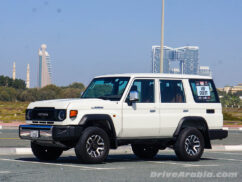
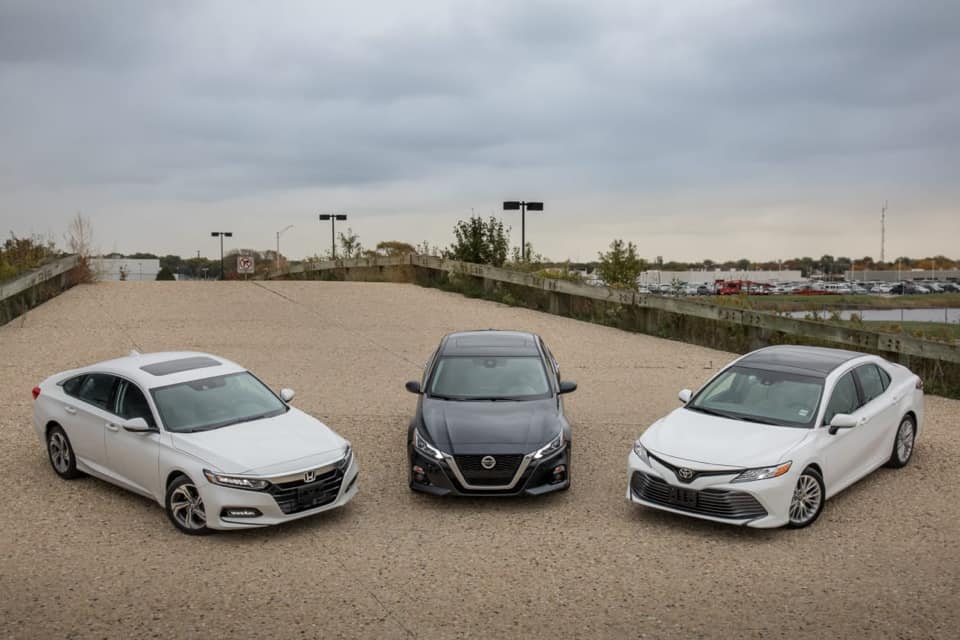
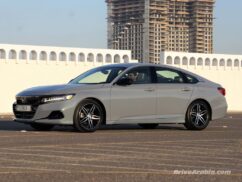
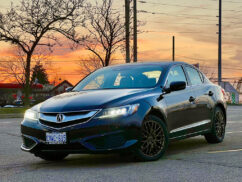

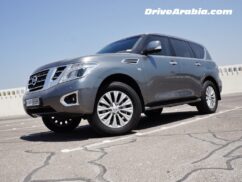
There are no comments. Be the first!